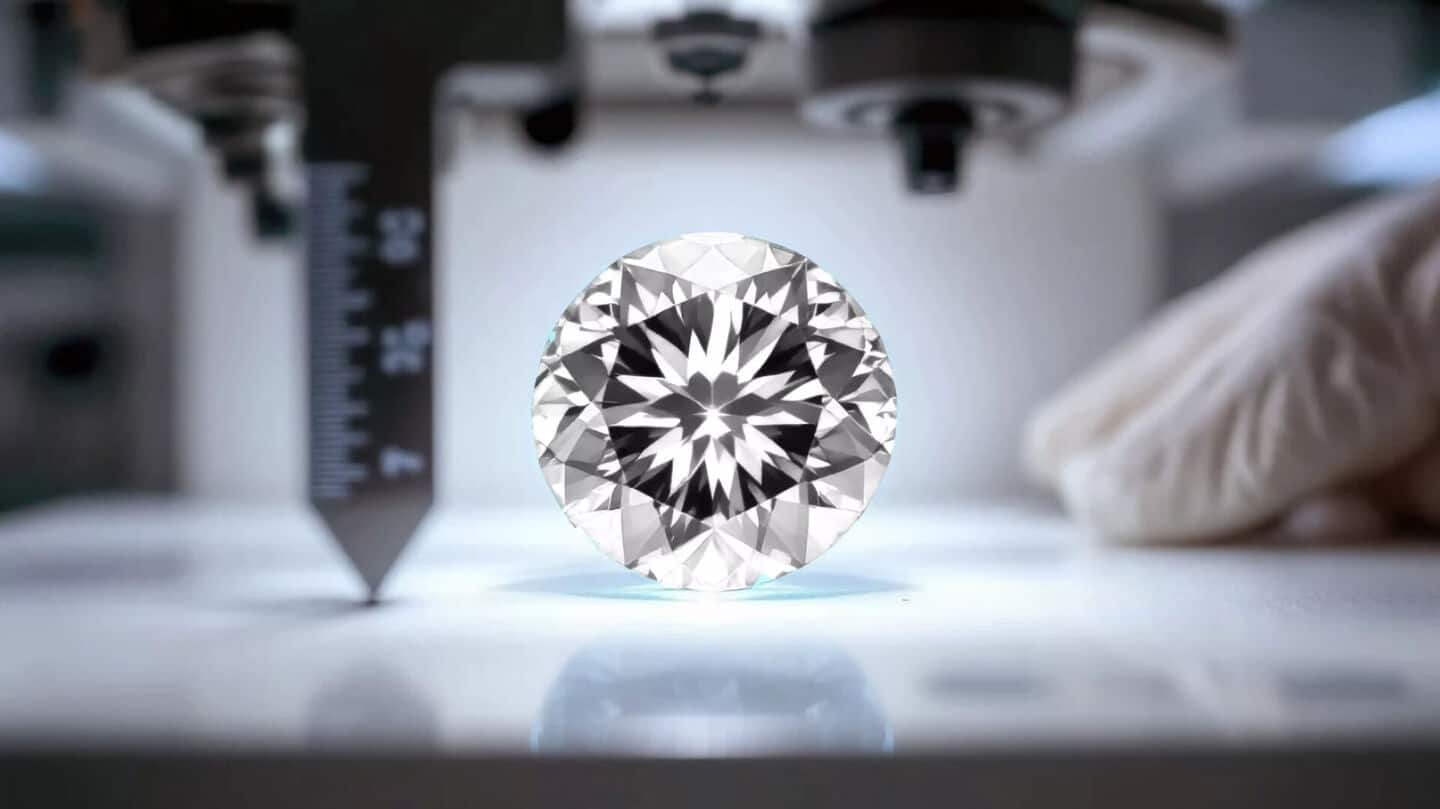
'Meteorite diamond' recreated in Chinese lab: Why it matters
What's the story
Chinese scientists have successfully recreated the elusive "meteorite diamond" in a laboratory setting, ending a six-decade-long debate about its existence. The first hexagonal-shaped diamond was discovered in 1967 within the Canyon Diablo meteorite that struck Arizona 49,000 years ago. It was believed to have formed from graphite under extreme heat and pressure during its collision with Earth.
Research attempts
Attempts to create hexagonal diamond
Though all diamonds are made of carbon atoms, they can have different structures. The hexagonal-structured diamond with its unique atomic stacking has been the focus of research teams worldwide for years. However, these attempts have mostly resulted in cubic diamonds or mixed-phase samples instead of pure hexagonal structures.
Lab achievement
Research published in Nature journal
In a paper published in the peer-reviewed journal Nature, the Chinese researchers detailed their successful synthesis of high-purity hexagonal diamond crystals measuring 100 micrometers. This provided definitive proof of the material's macroscopic existence. The team was made up of experts from the Center for High Pressure Science and Technology, Advanced Research and the Xian Institute of Optics and Precision Mechanics at the Chinese Academy of Sciences.
Past failures
Achievement more significant due to previous failures
The paper's corresponding author, Luo Duan, noted that while other teams around the world had claimed to have synthesized this material, their efforts had mostly resulted in cubic diamonds or mixed-phase samples instead of pure hexagonal structures. This makes the Chinese team's achievement even more significant in the field of diamond research.